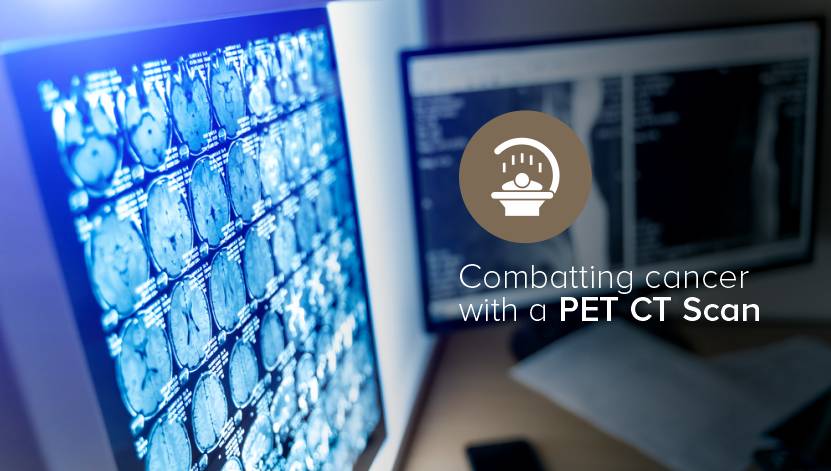According to the World Health Organization, cancer is the second leading cause of death worldwide. One of the biggest challenges in fighting cancer is detecting it early, as the disease may not show any symptoms until it has progressed to a more advanced stage. The PET CT (Positron Emission Tomography–Computed Tomography) scan is one of the most advanced imaging tools used today that can help detect cancer at an early stage.

A PET CT scan is a diagnostic imaging tool that uses two different types of scans to provide a detailed, 3D image of a patient’s body. The Positron Emission Tomography (PET) scan uses a radioactive tracer to create images of bodily functions such as blood flow, oxygen use, and glucose metabolism. The Computed Tomography (CT) scan uses X-rays to produce detailed, cross-sectional images of the body. The combination of these two scans gives doctors an accurate and comprehensive view of a patient’s body, allowing them to detect cancer and other diseases at an early stage
A PET CT scan starts with the patient being injected with a radioactive tracer that is specific to the area being imaged, such as glucose for the brain or bones for the skeleton. The patient is then placed into a machine that detects the radioactive emissions from the tracer and creates an image of the tissue or organ being studied. The CT scan is performed at the same time, allowing doctors to see the exact location of the radioactive tracer in the body. This gives doctors a more complete picture of a patient’s health and helps them detect cancer at an early stage, when it is most treatable.
Cancer cells are metabolically active and require large amounts of glucose to grow and multiply. A PET CT scan can detect these metabolic changes in the body, allowing doctors to see where cancer may be growing or spreading. This helps doctors diagnose and stage cancer, determine the best treatment options, and monitor the effectiveness of treatment. In some cases, a PET CT scan can even detect cancer before it is visible on other imaging tests, making it an important tool in the fight against cancer.
While a PET CT scan is a safe and non-invasive procedure, it does involve exposure to radiation from the radioactive tracer. However, the amount of radiation is small and is not considered to be harmful to patients. Additionally, the benefits of early cancer detection and treatment far outweigh any risks associated with the scan.
Before a PET CT scan, patients are usually asked to fast for several hours and avoid strenuous exercise for 24 hours. Patients should also inform their doctor if they are pregnant or breastfeeding, as the radiation from the scan may harm the developing fetus or baby.
In conclusion, a PET CT scan is an advanced imaging tool that helps doctors detect cancer at an early stage, when it is most treatable. The combination of a Positron Emission Tomography (PET) scan and Computed Tomography (CT) scan provides doctors with a comprehensive view of a patient’s body, allowing them to diagnose and stage cancer, determine the best treatment options, and monitor the effectiveness of treatment. While there are some risks associated with the scan, the benefits of cancer detection and treatment far outweigh any risks. If you are concerned about your risk for cancer, talk to your doctor about whether a PET CT scan is right for you.